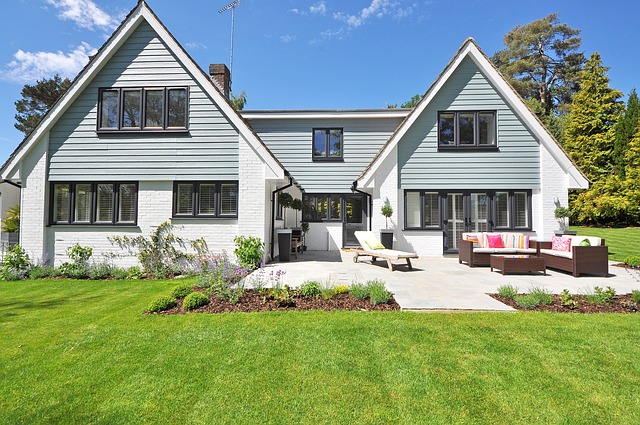Introduction
Are you tired of your garage feeling like an oven during the summer months? If so, you’re not alone. Many homeowners struggle with keeping their garages cool, especially in hot climates. However, with a few simple steps, you can transform your garage into a more comfortable space. In this article, we will explore various methods to make your garage cooler, allowing you to enjoy your time in this versatile area of your home.
Insulation
One of the most effective ways to make your garage cooler is by insulating it properly. Insulation helps to regulate the temperature by preventing heat transfer from the outside. Start by insulating the walls and ceiling using materials such as fiberglass batts or foam insulation. Additionally, consider insulating the garage door, which is often a significant source of heat gain. Garage door insulation kits are readily available and can make a noticeable difference in temperature control.
Ventilation
Proper ventilation is crucial for maintaining a cool garage. Installing vents or fans can help circulate air and remove hot air from the space. Consider adding a powered exhaust fan to expel hot air from the garage. This type of fan can be mounted on the wall or ceiling and will automatically turn on when the temperature reaches a certain threshold. Additionally, you can install passive vents to allow fresh air to enter the garage. These vents can be placed near the floor or high on the walls to create airflow.
Reflective Roofing
The roof of your garage can absorb a significant amount of heat, which then radiates into the space below. To combat this, consider using reflective roofing materials. Reflective roof coatings or light-colored shingles can help reduce the amount of heat absorbed by the roof, thus keeping the garage cooler. This simple modification can have a significant impact on the overall temperature of your garage.
Shade and Insulated Garage Doors
Garage doors are often a weak point in terms of insulation and heat transfer. Upgrading to an insulated garage door can make a noticeable difference in temperature control. Insulated garage doors have a layer of insulation sandwiched between two layers of steel, providing better thermal resistance. Additionally, consider adding shade to the exterior of your garage. Planting trees or installing awnings can help block direct sunlight, reducing heat gain and keeping your garage cooler.
Sealing and Weatherstripping
To prevent hot air from entering your garage, it’s essential to seal any gaps or cracks. Inspect the garage for any openings and use weatherstripping or caulk to seal them. Pay close attention to areas around windows, doors, and the garage door itself. Weatherstripping can also be applied to the bottom of the garage door to create a tight seal when closed. By sealing these gaps, you can prevent hot air from infiltrating your garage, helping to maintain a cooler environment.
Conclusion
Transforming your garage into a cooler space is achievable with the right strategies. By insulating the walls and ceiling, improving ventilation, using reflective roofing, upgrading to insulated garage doors, and sealing any gaps, you can significantly reduce the temperature in your garage. These steps will not only make your garage more comfortable but also help protect any items stored within. Implement these methods and enjoy a cooler garage all year round.
References
– Energy.gov: www.energy.gov
– The Spruce: www.thespruce.com
– This Old House: www.thisoldhouse.com













